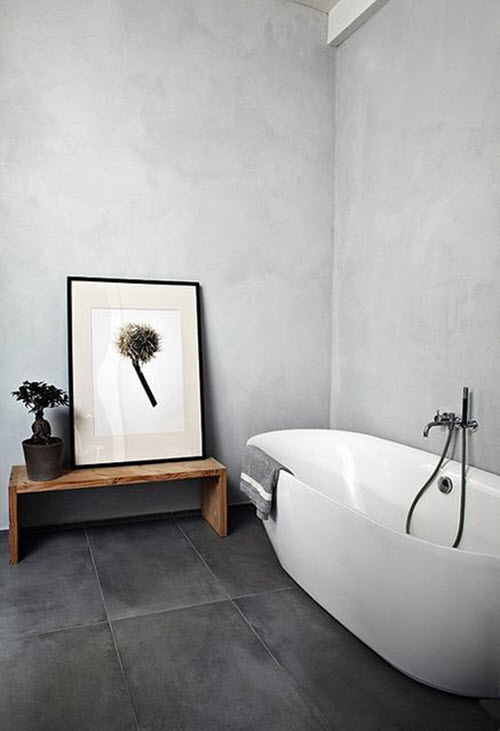

Make one mistake and it's right back to the beginning. The training mode is a real drag ¿ I spent literally a couple hours finishing just the training simply because some of the missions are ridiculously sensitive in their quotas. But nope ¿ the designers thought it'd be cool to represent Joanna's health by an EKG meter. This health bar could have been done with less pixels, and in its place could have been a more useful overhead map. The designers even take up valuable screen real estate with a stupid healthbar that takes up more than a tenth of the vertical right side of the screen. And though Joanna and the enemy guards are large, fluidly-animated sprites, I'd take smaller characters over these any day, simply because you can't see more than ten feet in front of your character. And trying to stop in place aiming in a diagonal direction is nearly impossible ¿ there are plenty of places in the game where you'd want to sneak into a doorway and target an enemy that's not directly in front or to the side of you ¿ but when you let go of the D-pad heading in a diagonal direction, 99% of the time Joanna will snap to an up, down, left or right position.

The controls in the main game are little on the loose side ¿ Joanna moves with incredible fluidity, but that's right there's a problem since it feels like Joanna could and should be moving at a faster pace ¿ it's one of those games that hurt the thumb simply from the reflex of pushing the controller harder hoping that would affect the character's speed. The game's a challenge, sure ¿ but these lame gameplay holes are inexcusable. There are plenty of opportunities for this type of play, which makes the game easy to exploit and a little easier to finish. This is where you can take advantage of the idiot AI ¿ simply find an object that's smaller than you are, get on the other side of it, and shoot the guard who's looking in your direction but cannot "see" you. Here's the main problem with the stealth AI ¿ stand on the other side of a waist-high object, like a shrub or a couch, and the guard will lose sight of you. There's no way to bring a guard in your direction other than letting him see you ¿ this is where Rare should have stolen the "knock on a surface" feature. Joanna's walk doesn't make a noise, which makes it a snap to sneak up to an enemy guard and put a bullet through his skull ¿ but make a noise, like reload your weapon or lean into a run, and the guards will turn in your direction. Stealth comes into play, similar to Metal Gear Solid, but it's not employed nearly as well in Perfect Dark. Most missions are of the same design, where you'll plant bombs and/or rescue hostages ¿ but it's all about shooting the guards and taking their equipment (like guns, ammo, and health) so you can advance further into enemy territory. Joanna is your character, and you must guide her in the jungle, city streets, and building catwalks to nail the bad guys with four types of weaponry. Perfect Dark borrows heavily from Konami's design, offering a similar overhead perspective and stealth gameplay used in Solid Snake's Game Boy Color adventure for Perfect Dark's main game, slightly modifying the design so as not to blatantly steal the whole idea. The team obviously built the Game Boy Color game around an already-awesome game released earlier this year, Metal Gear Solid. It's filled to the rim with features and mini-games, but everything in the game has been done before in other titles of gaming past. But even though the game is a one-of-a-kind in the Perfect Dark series, there's not an original bone in its body.

The Rare Game Boy Color team took the storyline, characters, and ideas of the original console title and built a prequel of sorts. There's no way you can honestly expect an accurate depiction of the same game design that hit the Nintendo 64, so take that idea right out of your head.


 0 kommentar(er)
0 kommentar(er)
